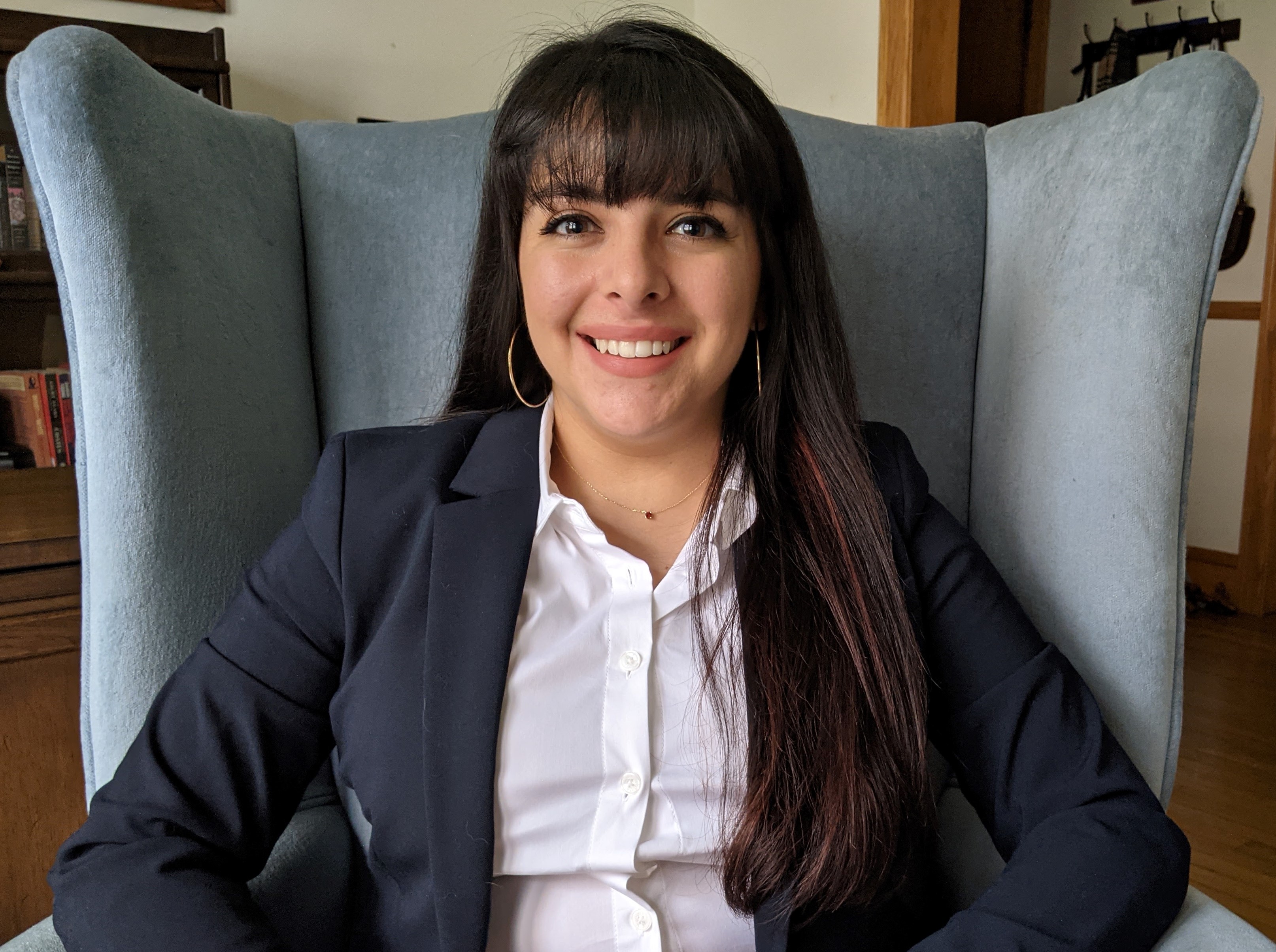Selina’s Main Page
*Hi
I’m a postdoctoral scholar in the Raible Lab under the tutelage of Dr. Dave Raible in Department of Otolaryngology at the University of Washington in Seattle. Previously, I completed my PhD at the University of Chicago in the laboratory of Dr. Ruth Anne Eatock, and my BA in Cognitive Sciences and Spanish with a minor in Neuroscience at Rice University (go Owls). My primary scientific interest is the neurobiology of sensory transduction and encoding:
- how do the properties of sensory receptors mold our perceptual experiences?
- what are the key biophysical properties that they need to do so?
- how is sensory information encoded?
These are the questions that keep me up at night.
The vestibular inner ear
The peripheral vestibular system is a great model for studying fundamental questions in sensation. Primary vestibular afferents, and their presynaptic hair cells, are an arguably underrated yet beautiful example of sensory transmission where the encoding of a vast range of sensory information can be traced down to their physiological characteristics. Vestibular hair cells are delectably sensitive, transducing mere nanometers of displacement. They synapse onto vestibular afferents, which carry information to the vestibular brain stem to drive life saving reflexes.
Information in this system is represented in two distinct yet parallel streams that use different sensory encoding strategies to convey complementing signals. This system is known to use both rate and temporal encoding to transmit swift, precise, and accurate information of head motion frequencies across various orders of mangitude.
Incredibly (and I mean, incredibly), the difference in sensory encoding strategy is driven in large part by the composition of diverse ion channels expressed in these afferents. This is what I’m talking about: these are the key biophsyical properties that allow us to sense and perceive head motion. Vestibular encoding has been studied in fish, frogs, turtles, chicks and pigeons, mice, rats, chincillas, squirrel monkeys, spider monkeys, macaques, humans, etc. etc. etc. What are you waiting for? Drink the vestibular kool-aid.
Cheers.

